Designing a kids’ room can feel like a daunting task, but it’s also an exciting opportunity to create a space that reflects their personality and interests. We all want our little ones to have a room that’s not only functional but also a haven for creativity and play. With insights from top interior designers, we can transform a blank canvas into a vibrant and inviting environment.
From choosing the right color palette to incorporating playful decor elements, there are countless ways to style a kids’ room. Let’s explore expert tips and tricks that will help us craft a space where our children can grow, learn, and thrive. Whether we’re working with a small nook or a spacious playroom, the right design choices can make all the difference.
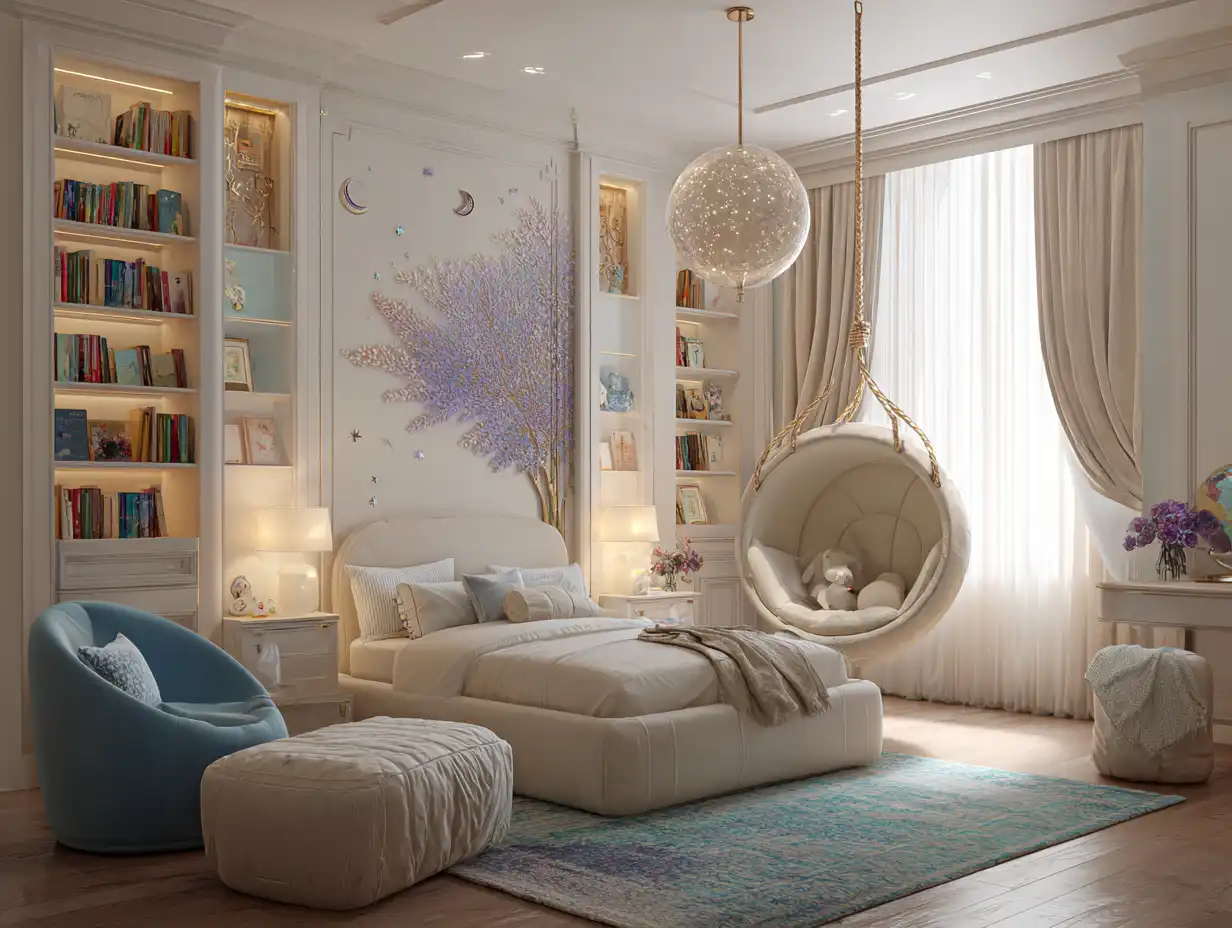
Importance Of Styling A Kids Room
Styling a kids’ room plays a crucial role in both functionality and aesthetics. It transforms a simple space into a vibrant environment that promotes creativity, learning, and play. Effective styling considers several factors like color, furniture, and storage solutions to foster an inviting atmosphere.
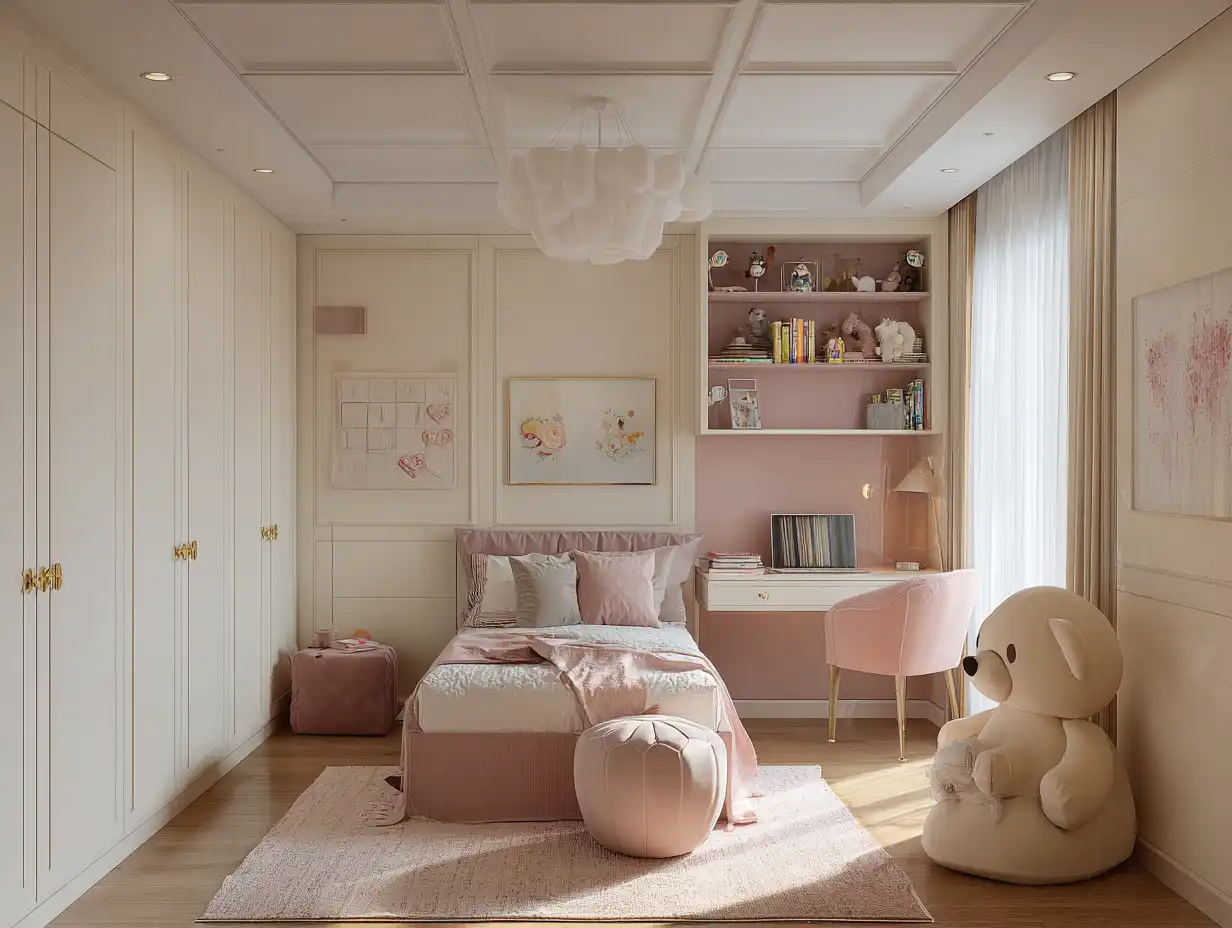
Stylized kids’ rooms reflect children’s personalities and interests, making the space uniquely theirs. Incorporating themes or favorite colors can enhance a child’s connection to their room. Well-planned layouts facilitate organization and accessibility, enabling kids to engage in various activities without feeling overwhelmed.
Potential impacts of well-styled rooms include improved mood and productivity. For example, bright colors can energize a space, while calming hues can provide a relaxing atmosphere conducive to sleep. Incorporating functional design elements, such as multi-purpose furniture, maximizes space and encourages independence as children grow.
Overall, a thoughtfully styled kids’ room not only serves immediate needs but also adapts to changing preferences and developmental stages, promoting a lifelong love for their space.
Key Principles From Interior Designers
Incorporating key principles from interior designers enhances the kids’ room design process. Focusing on functionality and safety ensures that the space remains practical and secure for children.
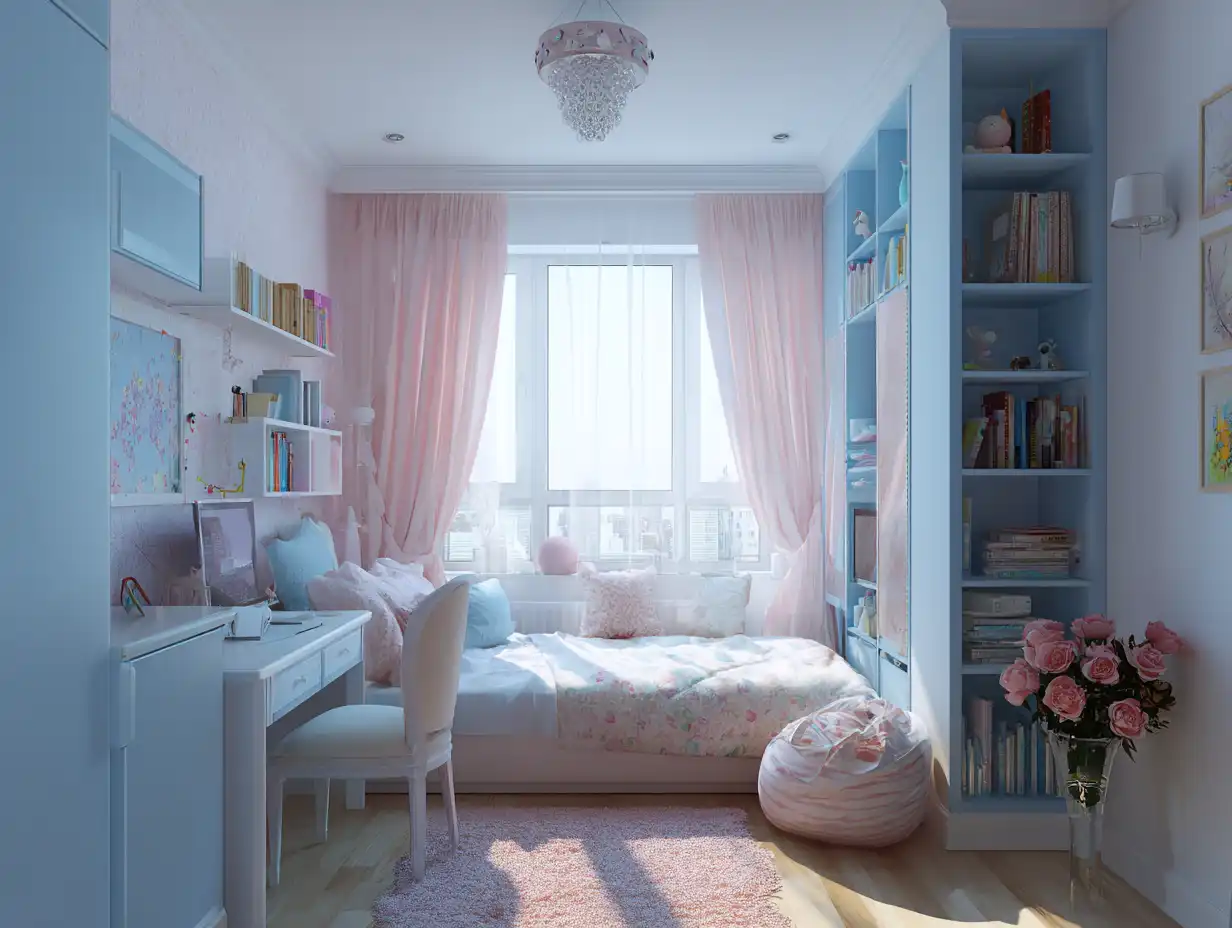
Functionality
We prioritize functionality to accommodate various activities in a kids’ room. Multi-functional furniture, like beds with built-in storage or desks that double as play areas, optimizes space usability. Zoning different areas for sleeping, playing, and studying helps us create a balanced environment. Clear pathways allow for easy movement, reducing clutter and increasing engagement. Easy-to-reach shelving promotes independence as children grow, making it simpler for them to retrieve toys or books.
Safety Considerations
Safety remains a top priority when designing a kids’ room. We choose non-toxic paints and materials, minimizing exposure to harmful substances. Rounded furniture edges prevent injuries during play. Securely fastened furniture reduces tipping hazards, ensuring stability in active spaces. Adequate lighting, combining natural and artificial sources, enhances visibility and prevents accidents. Regular updates and assessments of decor also maintain a current, safe environment as children’s activities and needs evolve.
Color Schemes And Themes
Choosing the right color schemes and themes forms the foundation of a well-styled kids’ room. Interior designers recommend options that balance vibrancy with comfort to create an inviting atmosphere.
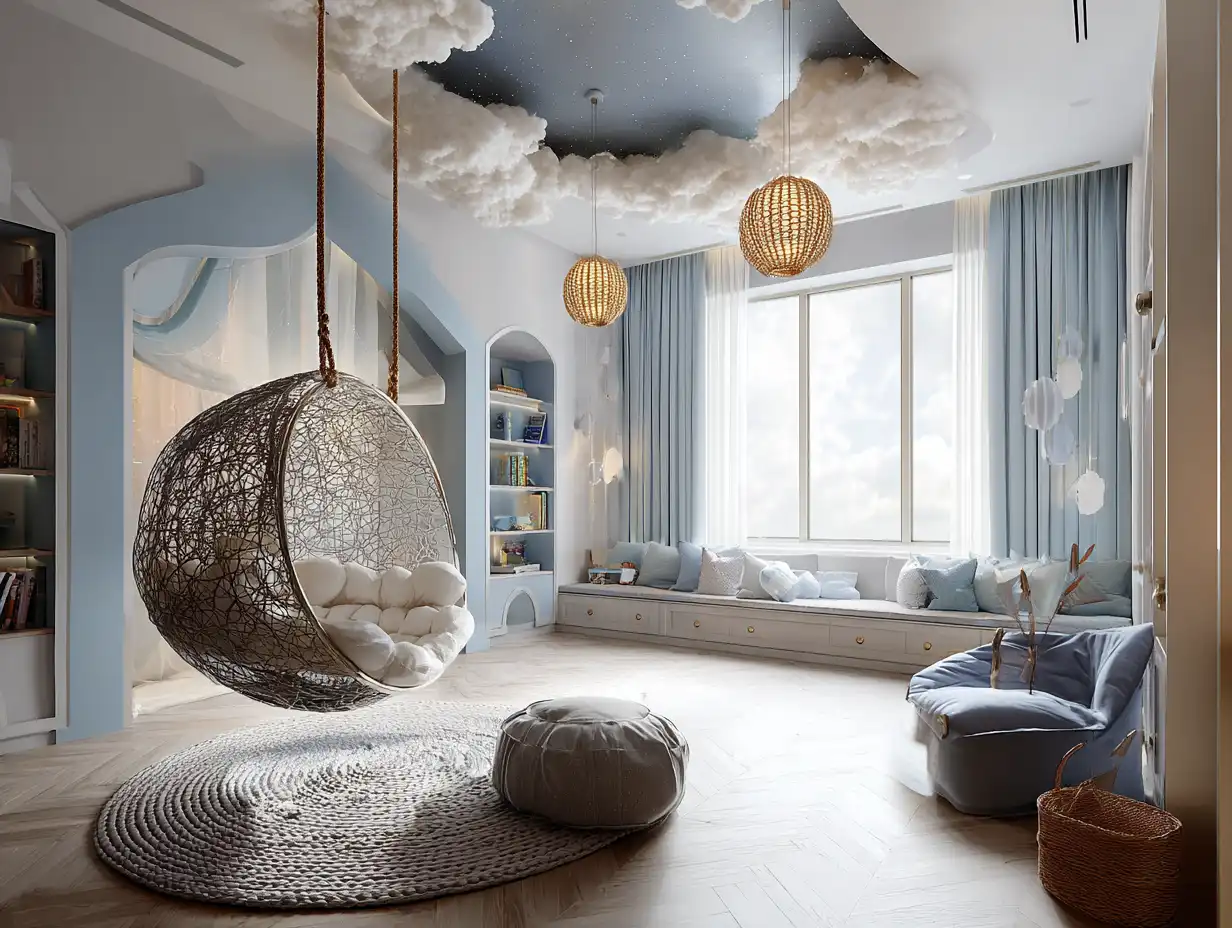
Popular Color Trends
- Soft Pastels: Soft pastels, like mint green and blush pink, provide a calming backdrop while allowing for playful accents.
- Bold Primary Colors: Bold primary colors—red, blue, and yellow—energize the space and encourage creativity.
- Earthy Tones: Earthy tones, such as terracotta and olive green, bring warmth and comfort, connecting the room with nature.
- Monochromatic Schemes: Monochromatic color schemes create a cohesive look, using varying shades of the same hue for depth.
- Black and White: Black and white designs offer a modern aesthetic, allowing for flexibility with colorful decor elements.
Themed Decor Ideas
- Nature Theme: Incorporate elements like leaf-patterned wallpaper and tree-shaped shelves to create an immersive outdoor experience.
- Space Theme: Use starry decals, planet motifs, and cosmic colors to inspire dreams of exploration.
- Under the Sea: Nautical colors and ocean-themed decorations foster a soothing maritime vibe.
- Safari Theme: Integrate animal prints and jungle illustrations to spark imagination and adventure.
- Sports Theme: Feature favorite teams’ colors and memorabilia, creating a fun and personalized space for sports enthusiasts.
Furniture Selection Tips
Selecting the right furniture significantly impacts a kids’ room’s function and aesthetic. We focus on providing versatile, safe, and age-appropriate options to create an ideal environment.
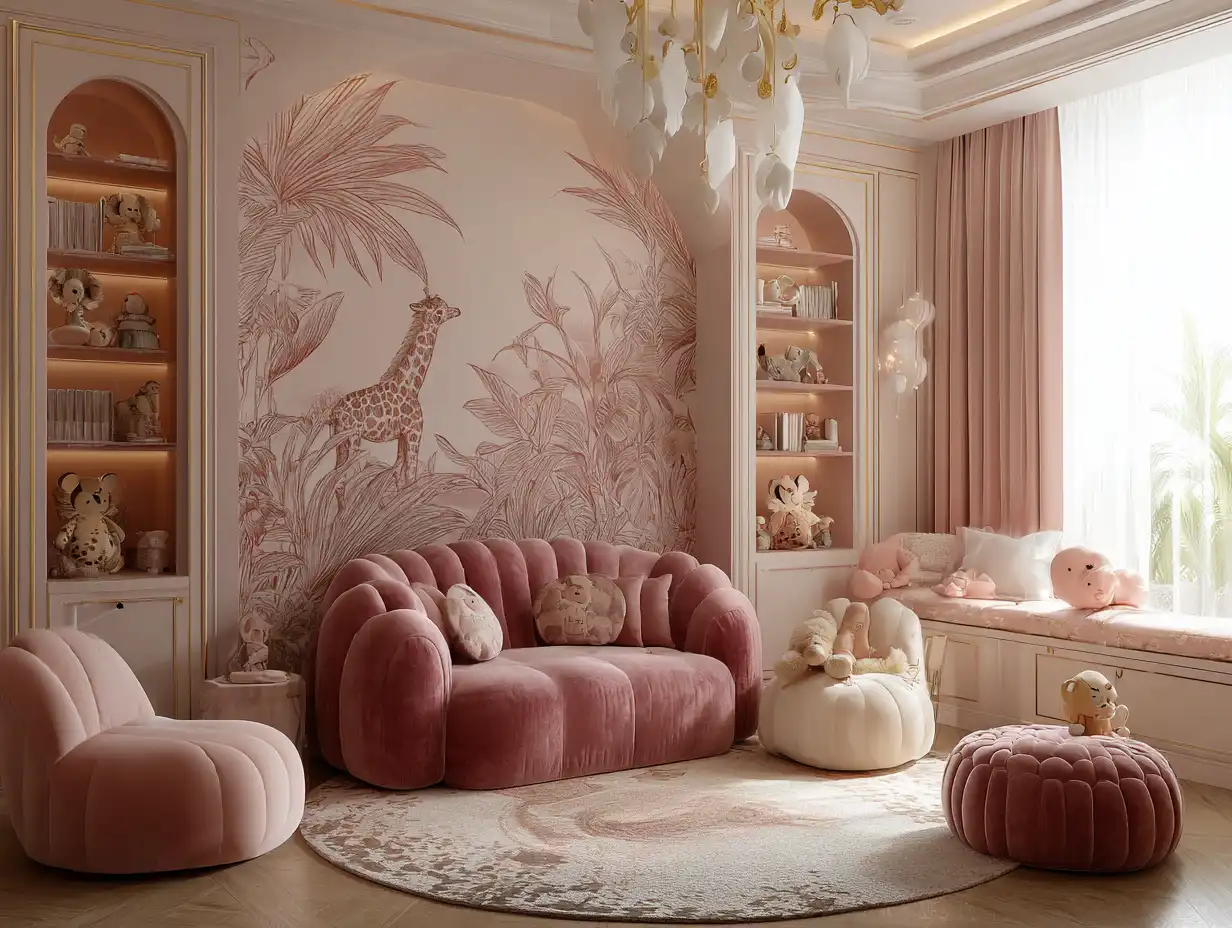
Multi-Functional Furniture
We prioritize multi-functional furniture to maximize space and utility. Consider incorporating beds with storage drawers, desks that convert into art tables, or ottomans that double as toy storage. These pieces serve multiple purposes, reducing clutter and promoting organization. For instance, a lofted bed creates space underneath for play or study, ensuring the room adapts as children grow. Choose items that align with children’s activities and encourage independence while keeping safety in mind.
Age-Appropriate Sizing
We recommend selecting furniture that suits a child’s age and size to ensure comfort and accessibility. Opt for beds and chairs at appropriate heights so kids can easily climb in and out or sit at their desks. Low shelving units allow children to reach books and toys, fostering independence and encouraging tidiness. As children develop, adjustable desk heights or modular furniture can accommodate their changing needs, ensuring longevity in styling and functionality.
Personalization And Creativity
Personalizing a kids’ room enhances its connection to the child’s identity and interests. We can create an imaginative space that reflects individual styles through unique decor elements.

Incorporating Personal Touches
Incorporating personal touches allows children’s personalities to shine. We can display artwork created by the child, ensuring it sparks pride and creativity. Frame special pieces or create a dedicated gallery wall to showcase numerous works. Additionally, we can integrate family photos, growth charts, or keepsakes that hold sentimental value, creating a beloved environment. Choosing bedding, rugs, and curtains that feature their favorite colors or characters adds comfort and charm. Personalizing spaces with names or initials on wall decals fosters a sense of ownership, ensuring every child feels at home.
DIY Decor Ideas
DIY decor ideas empower us to add creativity and fun to the kids’ room. We can involve children in crafting projects that foster engagement and ownership. For example, painted wooden furniture or customized lampshades allows them to express their artistic side. Creating homemade wall art using canvas or repurposed materials enables children to contribute to their space actively. Furthermore, we can craft unique storage solutions, such as colorful bins or decorated shelving, turning necessity into fun decor. Implementing DIY projects not only enhances the room’s visual appeal but also creates a collaborative experience that strengthens our bond with children.
Conclusion
Styling a kids’ room involves thoughtful design that prioritizes functionality, safety, and creativity. We can create an inviting space by implementing multi-functional furniture that meets immediate needs while adapting to a child’s growth. Incorporating vibrant color schemes and themes adds personality, inspiring play and exploration.
Personalization, through displaying artwork and keepsakes, enhances a child’s connection to the room. We encourage DIY projects that foster creativity and ownership, making the space uniquely theirs. By following design principles and expert tips, we can craft an environment that nurtures growth, learning, and play.
- best paint colors for children’s rooms
- children's room decor ideas
- color schemes for boys rooms
- cozy kids room design
- creating a fun kids room
- decorating a child's room on a budget
- designing a girls bedroom
- expert kids room styling tips
- how to style a kids bedroom
- ideas for decorating a kid's room
- interior design advice for children's rooms
- interior design for kids rooms
- kids bedroom design tips
- kids room furniture ideas
- kids room interior design
- modern kids room ideas
- organizing a small kid's bedroom
- space-saving tips for kids bedrooms
- stylish children’s room ideas
- themed kids room decor











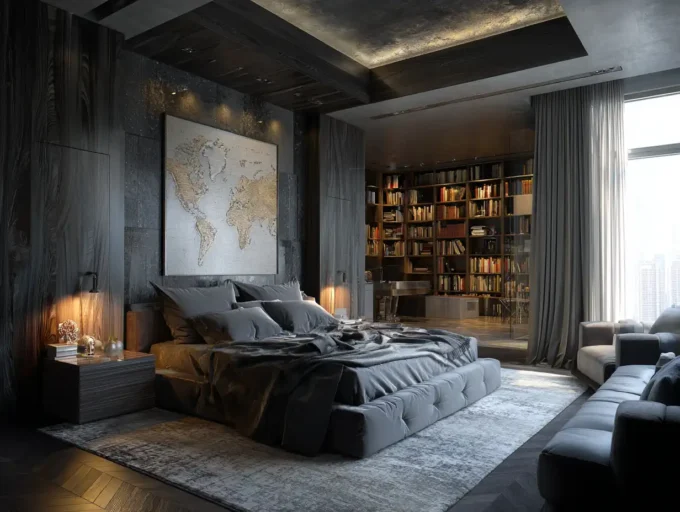



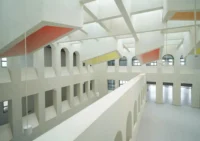
Leave a comment